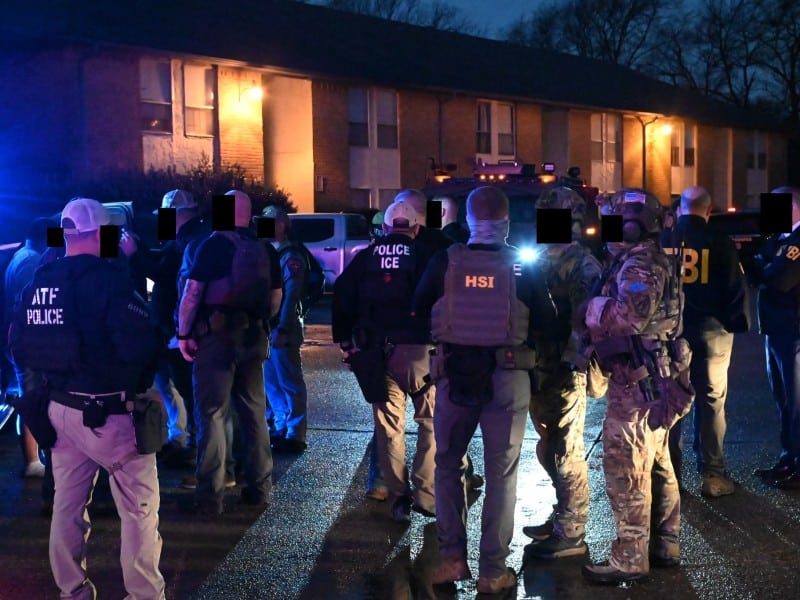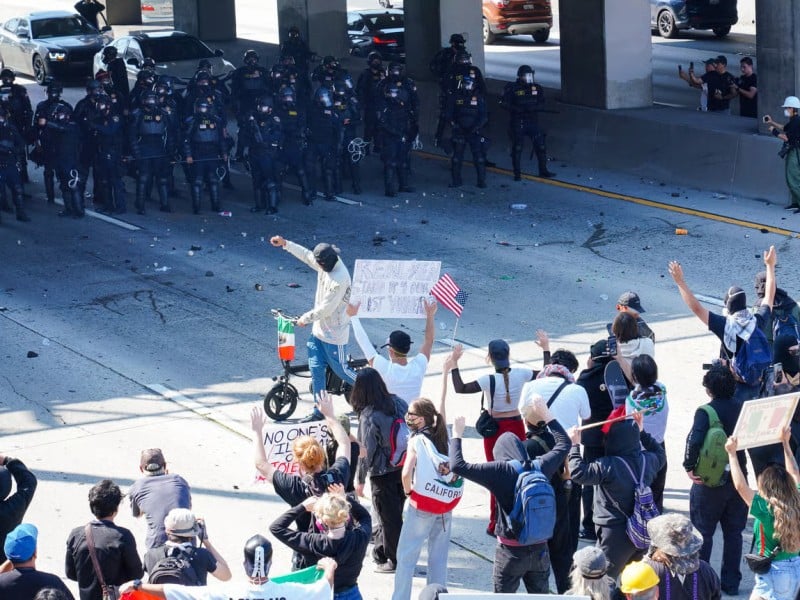Jenniffer González Colón Will Be Puerto Rico’s Next Governor
esident Commissioner Jenniffer González Colón of the pro-statehood New Progressive Party (PNP) will be Puerto Rico’s next governor, according to a partial certification from the State Election Commission (CEE) on the night of Election Day.

Originally published in The Latino Newsletter–reprinted with permission.
Editor’s Note: With all the attention in American political media on the election of Donald Trump as the 47th President of the United States, The Latino Newsletter filed an election report from Puerto Rico this morning.
SAN JUAN — Resident Commissioner Jenniffer González Colón of the pro-statehood New Progressive Party (PNP) will be Puerto Rico’s next governor, according to a partial certification from the State Election Commission (CEE) on the night of Election Day.
González Colón, who will be the first female governor elected by the PNP, won with nearly 80,000 more votes than her primary opponent, Juan Dalmau Ramírez, who was running as the Independence Party (PIP) and the Citizens Victory Movement (MVC) candidate for governor under the banner of La Alianza del País (Alliance for the Country), according to the most recent data from the CEE. In total, González Colón received 39% (438,183 votes) and Dalmau Ramírez received 33% (364,145 votes).
“Today begins a new page of respect for all those who think differently, because I am going to be a governor for all Puerto Ricans,” González Colón said after declaring victory.
González, a Republican, will be the fourth PNP governor since 2017, continuing what will be an 8-year streak of PNP-led governments in Puerto Rico. She will be replacing the current Gov. Pedro Pierluisi Urrutia, a Democrat, who was defeated in a surprise upset during the party’s primary election in June.
Meanwhile, Dalmau Ramírez said “we triumphed, we redrew the history of this country on this day” after the preliminary result was announced. However, he refused to concede defeat until every vote was certified.
Votes are still being counted. At time of publication, only 91% of the vote has been tabulated, and general scrutiny will begin next week. Write-in ballots have not been counted yet.
It is the first time a candidate for governor from the PIP has placed second in a gubernatorial race, showing that many people in the archipelago are giving up on the bipartisan control long held by the PNP and the pro-status quo Popular Democratic Party.
Compared to the 2020 elections, where the PIP or the MVC candidates did not win a single municipality, several municipalities, particularly in the metropolitan area and the west coast turned green for the first time. However, several municipalities that were previously controlled by the PPD voted for González Colón.

A map showing which municipalities voted for the PNP (blue) and PIP (green) for governor. Yellow represents municipalities where there is a margin of 100 votes or less. (Source: Puerto Rico State Election Commission)
The PPD candidate for governor, Jesús Manuel González, reached third place with 21% (233,470 votes).
However, the PPD will be sending Pablo José Hernández to Washington, D.C. as Puerto Rico’s Resident Commissioner, a non-voting member of Congress. He won with 45% (472,292 votes) against the PNP’s William Villafañe, who got 35% (371,470 votes), according to partial results from the CEE. La Alianza’s candidate, Ana Irma Rivera Lassen, reached a distant third place with only 10% (106,025 votes).
It will be the first time in 20 years that the Resident Commissioner is not affiliated with the PNP.
Miguel Romero, from the PNP, won the race for mayor of San Juan with 46% (51,108 votes) while Manuel Natal, La Alianza’s candidate came in second with 41% (45,836 votes).
Puerto Ricans also voted on a non-binding status referendum for the seventh time on Election Day. Statehood won with 57% (528,379 votes) while Independence got 31% (286,923 votes)—another historic outcome for the PIP even though they called for supporters to not fill out the ballot. Over 165 were left blank, according to preliminary results from the CEE. The third option, free association, wherein Puerto Rico would retain autonomy but negotiate certain benefits with the United States only got 12.33% (114,676 votes).
Vice President Kamala Harris won against former President Donald Trump in a non-binding vote for President that does not affect election results.
Throughout the day, Puerto Ricans faced strong rains and long lines at polling stations. The Latino Newsletter observed several schools where voters had to wait upwards of two to four hours to be able to vote. In one school, the electricity went out for several hours in the morning, causing them to rely on batteries for the ballot counting machines, which eventually gave out. In another, polling stations did not open at the correct time and ballot counting machines refused to ingest ballots.
“The disorganization in these elections has been horrible,” said Kaisha Loubriel, who waited four hours in line to vote then started selling pinchos to passing voters from her house close to the polling station.




